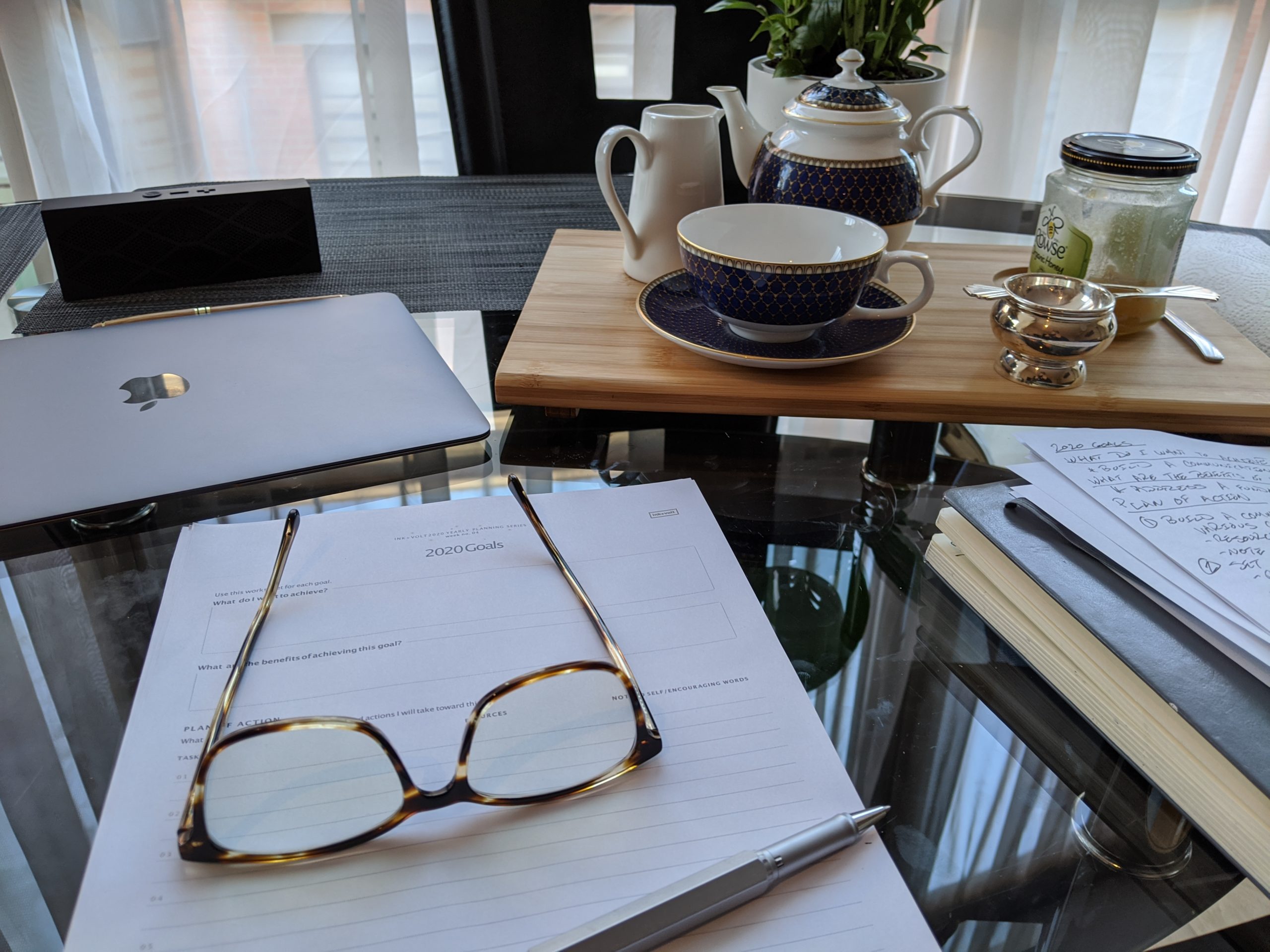If your company is starting to plan for getting back into your office, now is a good time for you to schedule a personal strategy day.
The Whirlwind
In the whirlwind of the day-to-day work, it is often hard to carve out time for something that does not have a specific deliverable. Working from home can be even more challenging because of the additional pressures of helping your family. In the tech lead training program I am doing at Onfido, we are currently discussing how to be more strategic leaders. A familiar dictum of strategic thinking is the criticality of taking the time to think and plan.
The Personal Strategy Day
Liminal spaces are the transitionary spaces between things. In the liminal space between moving from working at home to being back fully in the office environment, you have an opportunity to try something new—a personal strategy day.
Block out a day in your calendar as people start moving back to the office. There will be some turbulence then as everyone is transitioning. It is the perfect time to start thinking about what you want to accomplish for yourself and your team before the whirlwind starts up again.
The Personal Off-site
Companies schedule off-sites to get away from the distractions of the office. If you can find a “third place” (a place that is not your office or your home) where you can focus, that is ideal. If not, book a secluded conference room in your office, or find an empty desk far from where you usually sit. If you are still at home, let your family know you are working, and need some blocks of focused time.
Focus
Don’t read your e-mail. Don’t take any meetings. Your job on that day is to think and plan. To help me focus, I will usually print out whatever supporting materials I think I need and work on paper to avoid the lure of notifications and other electronic distractions. Think of this as a gift of time and focus that you are giving yourself.
What to consider
Think of the time before the lockdowns began. You may have just been starting on your 2020 commitments and deliverables. What was going well then? What were your concerns? Now think through what you have learned about your team, the work, and yourself during the lockdown. What do you want to keep, and what do you want to discard as you go back to the office? What about the industry you are in, and the world at large has changed? What new pitfalls and opportunities are there? Now think ahead to the rest of the year. What new goals should you have for yourself and your team?
Take notes. Write things down. You will want to refer to them as you go through the year to revisit or remind yourself of your thinking.
Now make a plan. Not too detailed because the world is going to keep changing. Detailed enough that you feel as if you have something against which to execute. Write that down also. With milestones, if possible.
Finally, think about the process you just completed. Did it work for you? Would you do it again? If so, what would you change next time?
Retrospect and Revisit
This whole process may take anywhere from a couple of hours for you to an entire day. Don’t be too preoccupied with the length of time you spend. You are starting to build a practice of taking time for strategic thinking, so this is about taking more time than you have before.
If you found this valuable, you may want to plan your next strategy day for six or twelve months from now. Again, block it out in the calendar early and protect that time!
You may also find that it is good to schedule smaller blocks of time, weekly or monthly, to revisit your plan, track progress, and make adjustments. These blocks of time are strategic thinking too!
Conclusion
If you struggle to keep time for strategy, building a structured approach like a personal strategy day may help you create a practice. Using the liminal times like transitioning from lockdown back to whatever it is that comes after is an opportunity to block and protect time. The liminal times are also crucial for strategy because your past assumptions are likely no longer correct, and there may be some opportunities or challenges that weren’t visible before.
Some resources
I’ve spent the last several years building a structured personal strategy process for myself. Many people have inspired my practice. Their suggestions may inspire you as well.
- When I worked at Microsoft, I always remembered the lead up to Bill Gates’ Think Weeks and the output from them. It was an amazing practice: https://www.cnbc.com/2019/07/26/bill-gates-took-solo-think-weeks-in-a-cabin-in-the-woods.html
- This talk from Maria Gutierrez at the Lead Dev conference was a massive help in my personal strategic planning. https://www.youtube.com/watch?v=4pa6G23ygp0
- The planners from the Ink+Volt team helped me build some structure around my strategy, and also regular time to revisit and update it. Kate Matsudaira (who is also a very established technology leader) provides useful structured planning and strategic thinking documents in her newsletter and on their blog. https://inkandvolt.com/blogs/articles
- In Pat Kua’s LevelUp newsletter, the issues near the end and the start of the year included many planning and strategy resources. http://levelup.patkua.com/#archive

